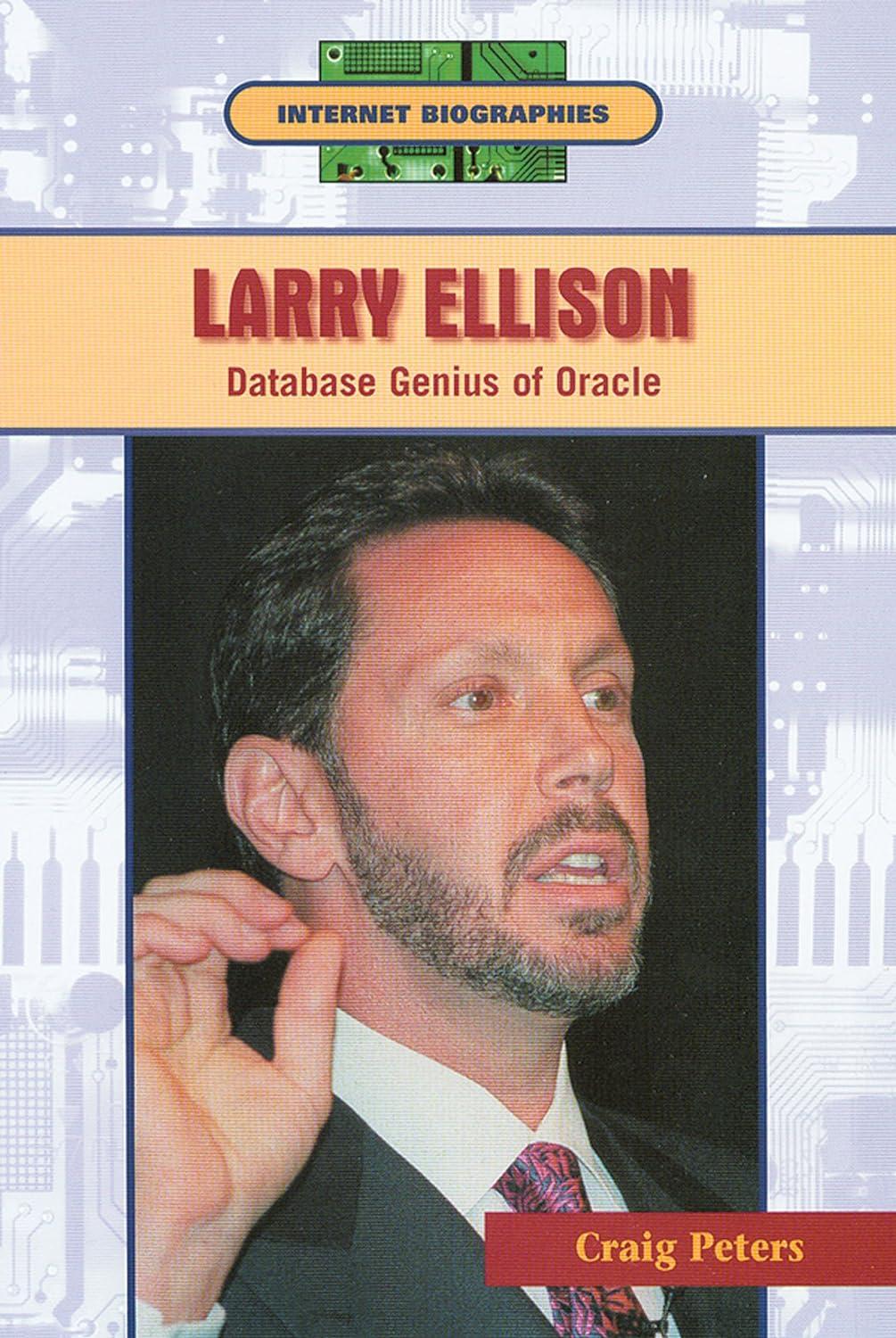Answered step by step
Verified Expert Solution
Question
1 Approved Answer
circle correct answer and explain why information from question 1 informarion from pg 988 4. Strategy & Algorithm Modification (5 points) The strategy of the
circle correct answer and explain why 

information from question 1 

informarion from pg 988

Step by Step Solution
There are 3 Steps involved in it
Step: 1

Get Instant Access to Expert-Tailored Solutions
See step-by-step solutions with expert insights and AI powered tools for academic success
Step: 2

Step: 3

Ace Your Homework with AI
Get the answers you need in no time with our AI-driven, step-by-step assistance
Get Started


